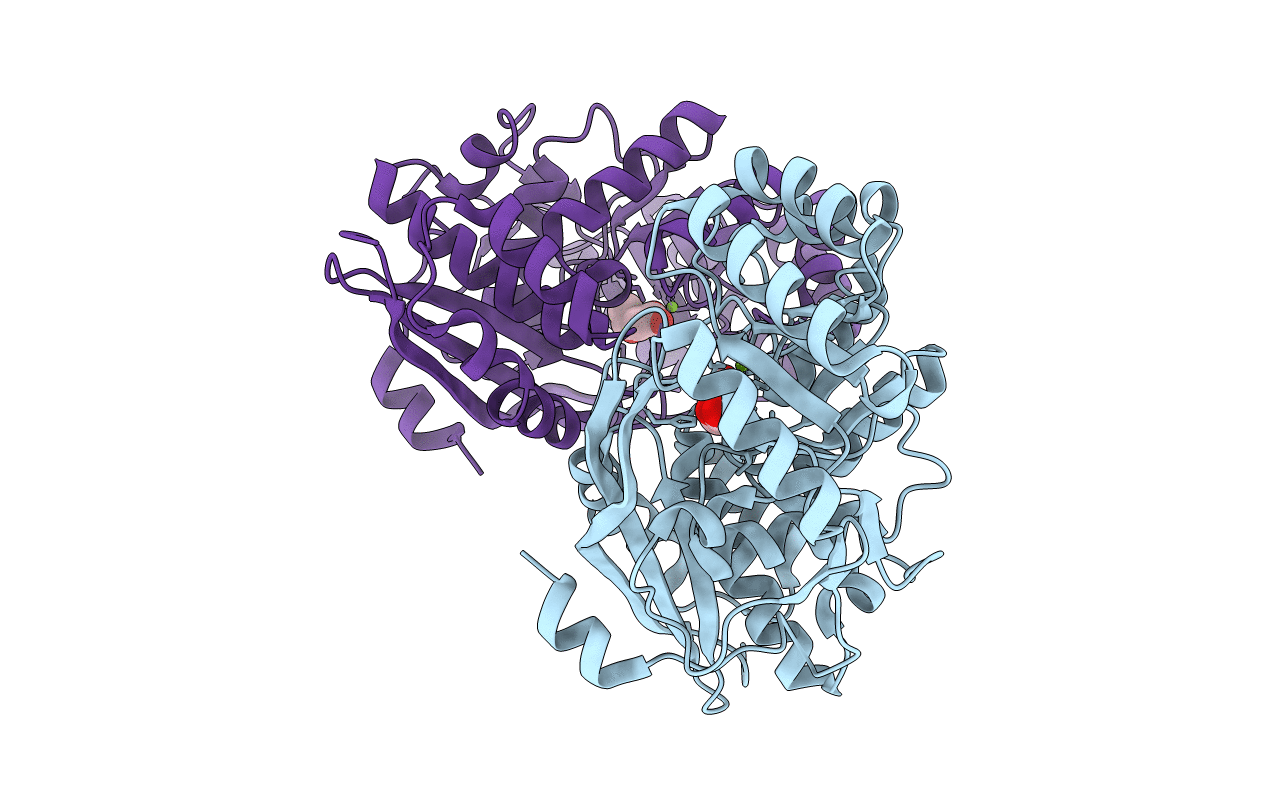
Deposition Date
2008-12-14
Release Date
2009-03-31
Last Version Date
2023-11-01
Entry Detail
PDB ID:
3FJ4
Keywords:
Title:
Crystal structure of muconate lactonizing enzyme from Pseudomonas Fluorescens complexed with muconolactone
Biological Source:
Source Organism:
Pseudomonas fluorescens (Taxon ID: 220664)
Host Organism:
Method Details:
Experimental Method:
Resolution:
1.80 Å
R-Value Free:
0.23
R-Value Work:
0.20
R-Value Observed:
0.20
Space Group:
P 4 21 2


